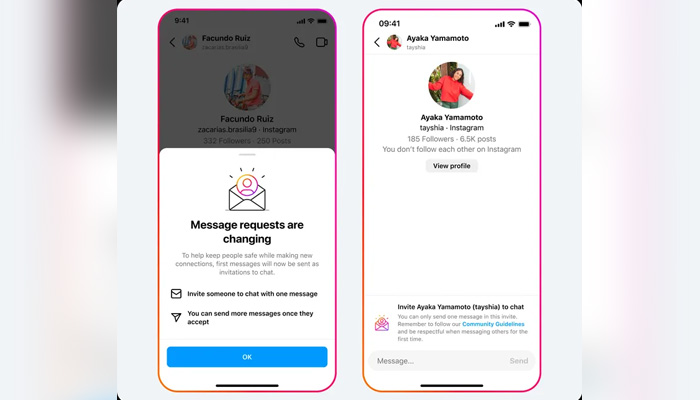Annoyed of spammy DMs by strangers? Instagram's here to your rescue
“We want people to feel confident and in control when they open their inbox,” Meta’s head of women’s safety says
August 04, 2023

If you're tired of receiving unsolicited and spammy DMs from strangers. Instagram may just have the best update for you, as the Meta-owned photo- and video-sharing application is finally stepping up against such DMs by taking measures to reduce unwanted message requests from people you don't follow.
After carrying out a test in June, the app is now limiting DM'ers, who aren't on your following list, to sending just one message invite before they can begin chatting with you.
Additionally, the message can only contain text, eliminating unsolicited photos, videos, or voice messages in the message requests.
Previously, users could send an unlimited number of message requests, leading to potential spam issues. With this latest update, users can send more than one message only after they've accepted their request to connect.

The Requests button above the inbox in the application's DM tab is where these message requests can be found. However, Instagram users can only receive requests if your privacy settings require them to send a request before messaging you.
“We want people to feel confident and in control when they open their inbox,” said Cindy Southworth, Meta’s head of women’s safety, in a statement.
She added that the company is testing new features, which means "people can’t receive images, videos or multiple messages from someone they don’t follow, until they’ve accepted the request to chat."
Apart from enhancing messaging safeguards on Instagram, Meta, has also introduced more comprehensive parental controls for both Instagram and Messenger, giving parents a better understanding of their child's activities on the apps.
The company said it is committed to creating a safer and more secure environment for its users.









